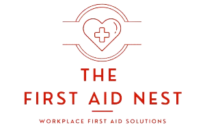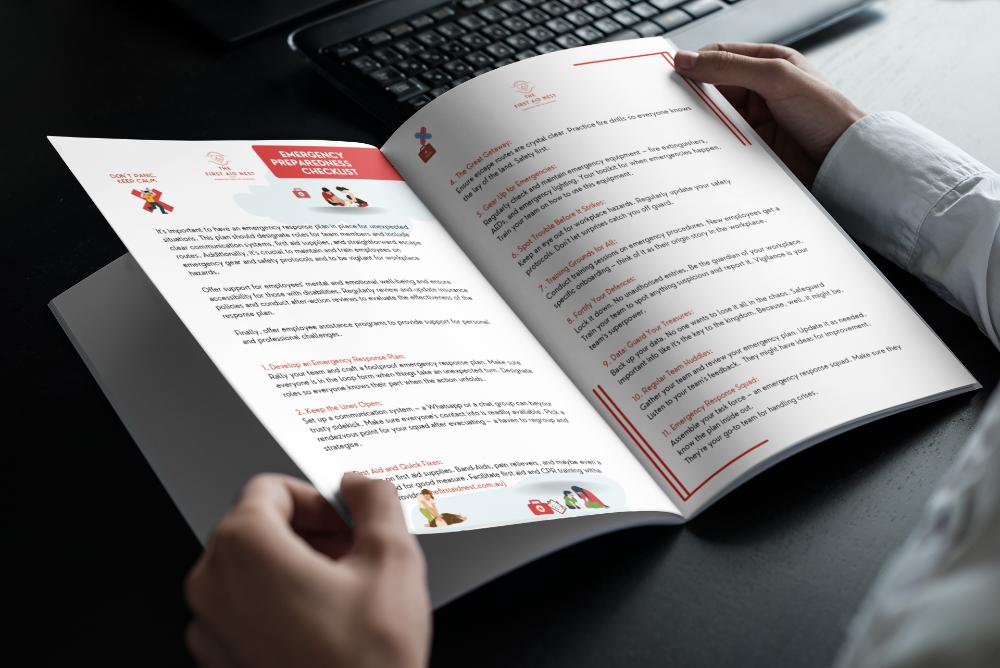It’s Better to Have It and Not Need It: Why Every Workplace Needs a First Aid Kit
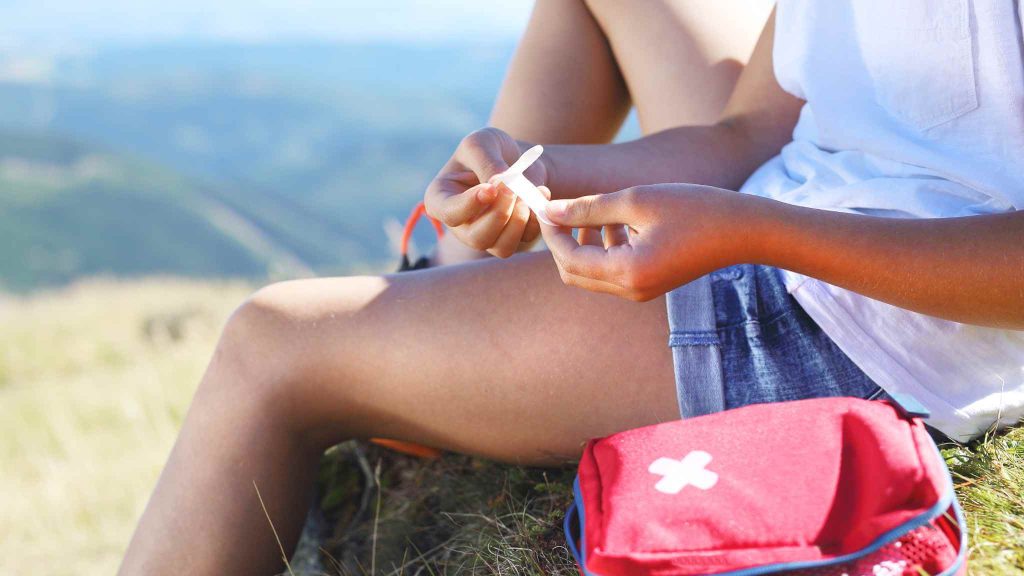
Accidents can happen anywhere, at any time. While we often try to prevent them from occurring, it’s important to be prepared for the unexpected.
That’s where a first aid kit comes in handy – and not just at home or in schools. Every workplace should have a first aid kit readily available as well. In this blog post, we’ll explore why having a first aid kit is crucial for all workplaces, what should be included in it, how to use it effectively and more!
Whether you’re an employer or employee, this information could prove invaluable when faced with an emergency situation on the job. So let’s dive into the world of first aid kits together!
What is a First Aid Kit?
A first aid kit is a collection of medical supplies and equipment used to provide initial treatment in an emergency situation. It can be as simple or complex as necessary, depending on the workplace’s needs and potential risks.
Most basic first aid kits will include items such as adhesive bandages, antiseptic wipes, gauze pads, gloves, scissors and tweezers. These supplies are essential for treating minor injuries like cuts, scrapes or burns.
However, workplaces that have higher risk factors may require more extensive first aid kits with additional medical equipment. For instance, an industrial workplace with heavy machinery could benefit from having a defibrillator included in its first aid kit.
It’s important to note that simply having a first aid kit available isn’t enough – employees should also receive proper training on how to use it effectively during an emergency. Regularly checking and restocking the contents of the kit is crucial too.
A well-stocked and accessible first aid kit can make all the difference when faced with unexpected injuries or illnesses at work.
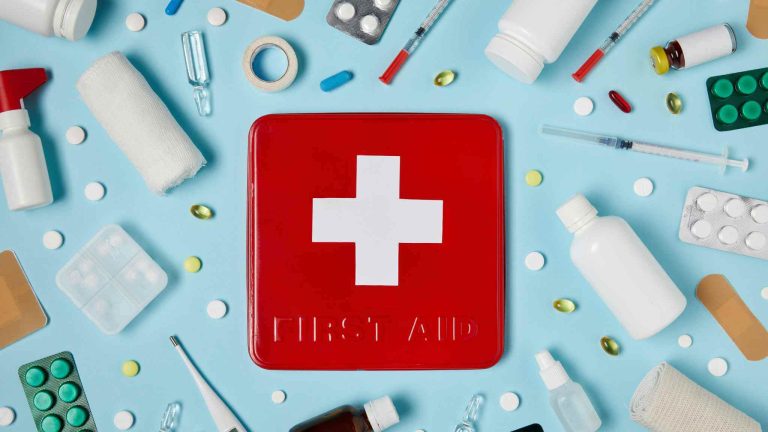
Why Every Workplace Needs a First Aid Kit
Accidents can happen at any workplace, no matter how safe you think your job may be. From paper cuts to serious injuries, having a first aid kit on hand is essential for every work environment.
A first aid kit can provide immediate medical attention and potentially save lives in emergency situations. It’s important to have one accessible and fully stocked with supplies such as bandages, antiseptics, gauze pads, gloves, scissors and more.
Having a first aid kit also shows that the employer cares about the safety of their employees. This creates a positive work environment where employees feel valued and supported in case of an accident or injury.
In some cases, not having a first aid kit available could result in legal action against the company if an employee suffers harm due to a lack of medical attention.
It’s better to have a first aid kit and not need it than to need one and not have it. Don’t wait until an accident happens before taking action – ensure your workplace has a properly stocked first aid kit readily available for all employees.
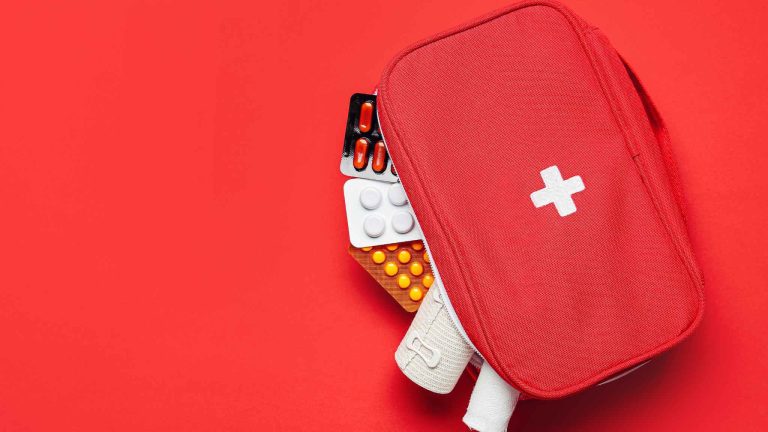
What to Include in a First Aid Kit
Knowing what to include in a first aid kit is essential for any workplace or family. The contents of a first aid kit will depend on the specific needs and risks of each environment, but there are some basics that every kit should have.
Firstly, it’s important to have an adequate supply of bandages, plasters and dressings. These should come in different sizes and types to cater for various injuries including cuts, grazes and burns. It is also advisable to include sterile gloves and scissors.
Secondly, antiseptics such as alcohol wipes or solutions are essential for cleaning wounds before dressing them up. Painkillers like Paracetamol can be added together with anti-inflammatory drugs like Ibuprofen.
Thirdly, emergency items like instant ice packs (for swelling), CPR masks (for mouth-to-mouth resuscitation) flashlights (in case the power goes out) all serve useful purposes when required urgently
It’s important not to forget personal medication if you have someone who relies on medications regularly at work or school. It’s crucial that everyone knows where the first aid kit is located so they can access it easily during an emergency situation
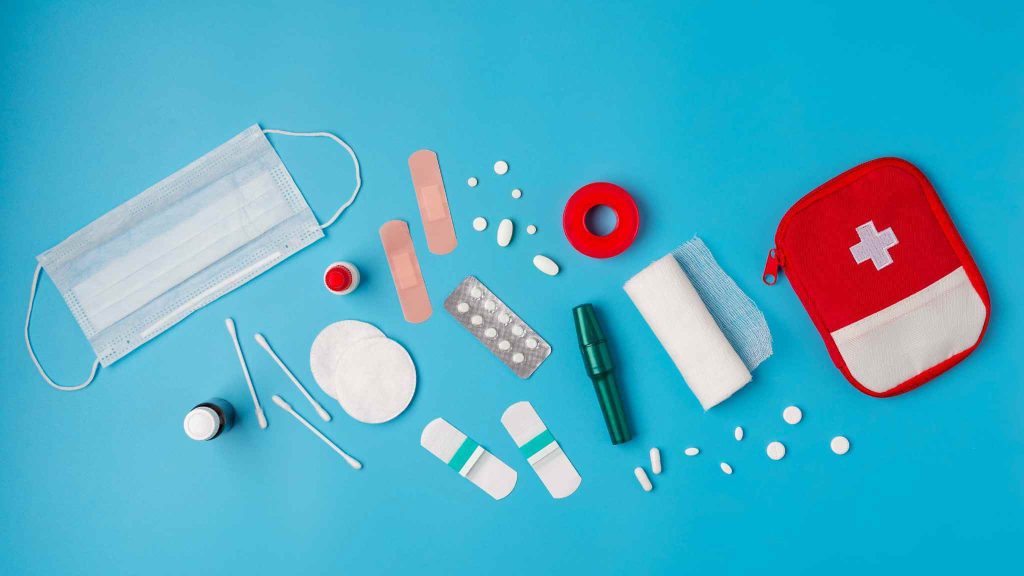
How to Use a First Aid Kit
Knowing how to use a first aid kit is just as important as having one in your workplace. In an emergency, every second counts and being prepared can make all the difference. Here’s what you need to know about using a first aid kit:
1) Assess the situation: Before administering any treatment, assess the situation and make sure it’s safe for both yourself and the injured person.
2) Call for help if needed: If the injury is serious or life-threatening, call for medical assistance immediately.
3) Use gloves: Always wear disposable gloves when handling bodily fluids or open wounds to prevent infection.
4) Clean the wound: Use antiseptic wipes or solutions to clean cuts or scrapes before applying bandages or other treatments.
5) Apply pressure: For bleeding injuries, apply firm pressure with gauze pads until the bleeding stops.
6) Treat burns appropriately: For minor burns, run cool water over them for 20 minutes before applying burn cream or ointment. Seek medical attention for more severe burns.
7) Check expiration dates regularly: Make sure to check expiration dates on items in your first aid kit regularly and replace any expired items promptly.
By following these simple steps, you can be confident in your ability to properly handle an emergency situation in your workplace.
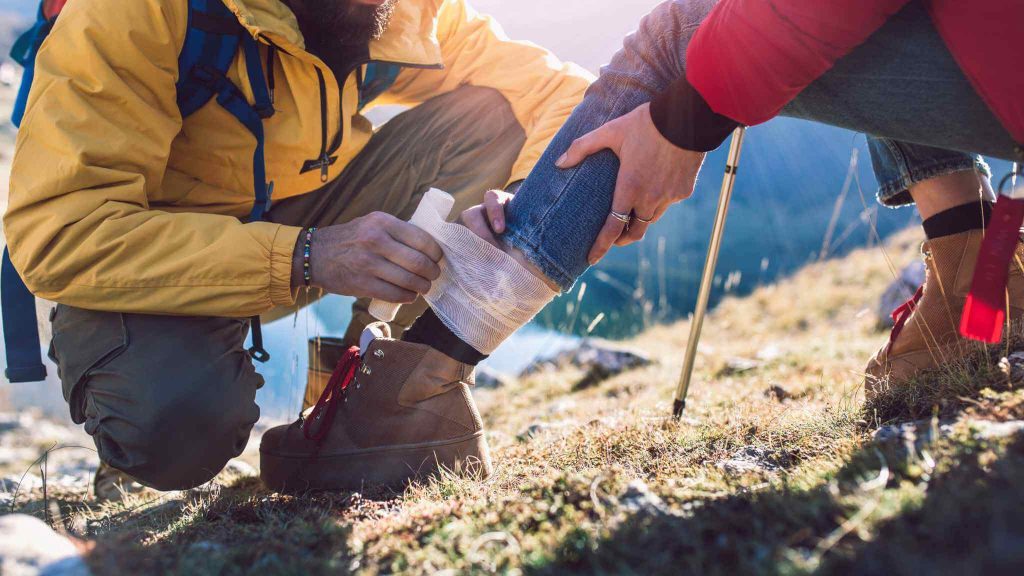
What are the legal requirements for a first aid kit in Australia?
In Australia, it is a legal requirement for all workplaces to have a first aid kit readily available. The Work Health and Safety (WHS) Regulations 2011 specify that employers must provide appropriate first aid equipment based on the size of their workplace and the number of employees.
The WHS regulations state that the contents of a first aid kit should be suitable for treating injuries or illnesses that employees may suffer at work. This includes everything from minor cuts and bruises to more serious injuries like burns or sprains.
Employers must ensure that their first aid kits are regularly inspected, maintained, and restocked as needed. They also need to keep accurate records of any incidents or accidents in which the first aid kit was used.
It’s worth noting that different industries may have specific requirements for their workplace first aid kits. For example, those working with hazardous substances may require additional protective equipment such as gloves or eye protection.
Ensuring compliance with legal requirements regarding workplace first aid kits is essential in maintaining employee safety and well-being while on the job.
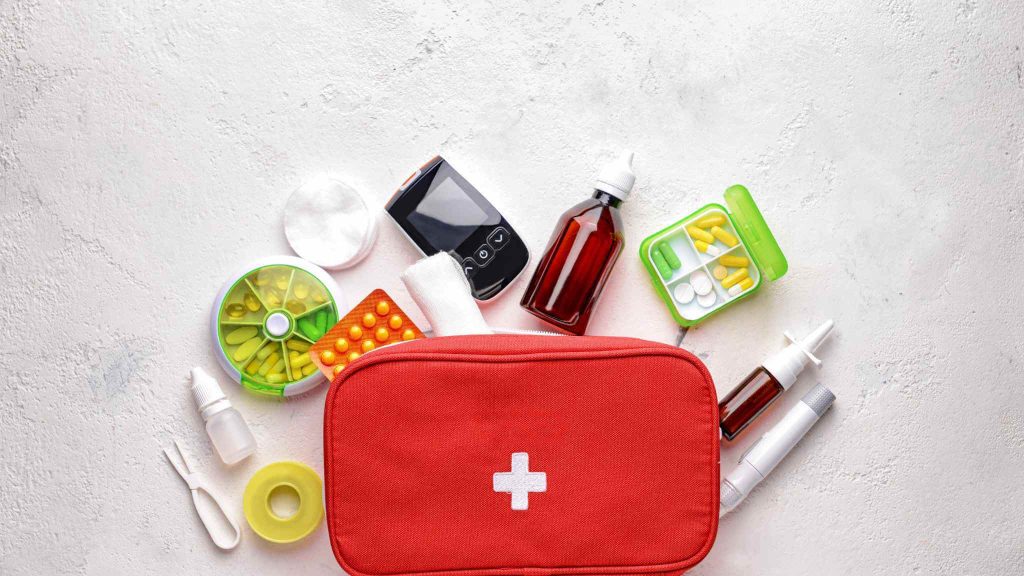
Can anyone use the first aid kit or does it need to be the designated first aider?
One of the common questions that arise when it comes to first aid kits is whether anyone in the workplace can use them or if only designated first aiders should do so. The answer ultimately depends on your workplace’s policies and procedures.
In some workplaces, such as construction sites or factories, there may be specific regulations requiring trained individuals to administer first aid. In these cases, it would be necessary for a designated first aider to handle any medical emergencies and utilize the contents of the kit.
However, in most standard office settings or retail environments, any employee who has received basic training on how to use a first aid kit can provide assistance in an emergency situation. This includes cleaning and dressing wounds, administering CPR or using an AED device if available.
It is important for all employees to have access to information regarding the proper use of the first aid kit. Regular training sessions could be held for staff members so they are aware of what steps should be taken during an emergency before professional help arrives.
Ultimately, regardless of who uses the kit in your workplace setting, it is crucial that you keep it fully stocked with appropriate supplies at all times. By doing this simple task proactively you will ensure that injuries can be prevented from becoming worse while waiting for professional medical assistance to arrive
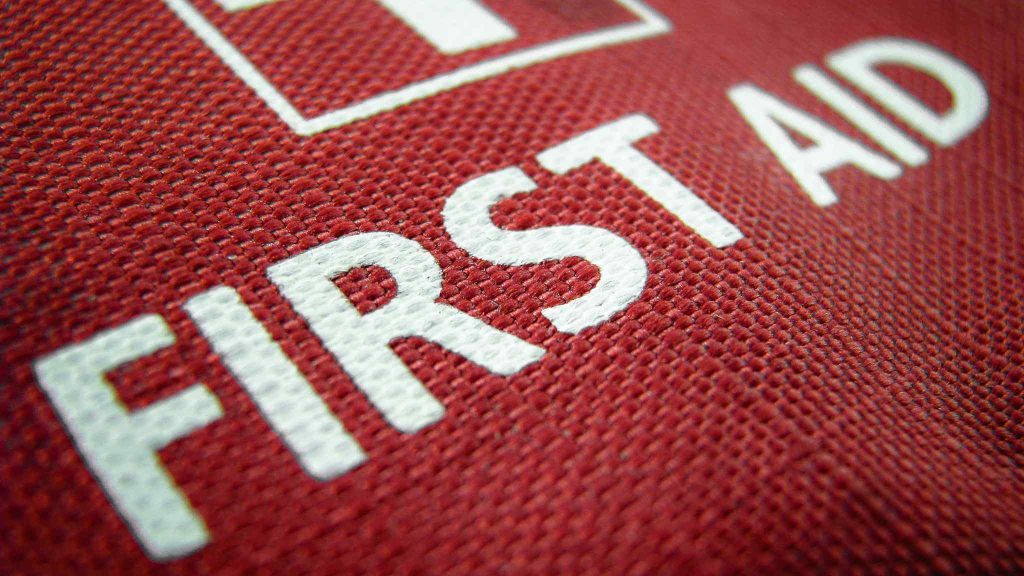
Does my workplace need a first aid kit sign?
One important aspect of having a first aid kit in the workplace is ensuring that it is easily identifiable and accessible. This is where the need for a first aid kit sign comes in.
A first aid kit sign serves as a visual cue to employees and visitors alike, indicating the location of the kit. It should be prominently displayed near or above where the first aid kit is stored.
The sign should have clear and concise wording such as “First Aid Kit” or “Emergency Medical Supplies“. Ideally, it should also feature the international symbol for first aid – a green square with a white cross – to ensure universal understanding.
In addition to serving as an important safety marker, displaying a first aid kit sign may also help businesses meet their legal requirements. Some workplaces are required by law to display these signs in order to comply with health and safety regulations.
By providing clear signage for your workplace’s first aid supplies, you can help ensure that employees know exactly where they can find essential medical equipment in case of an emergency.
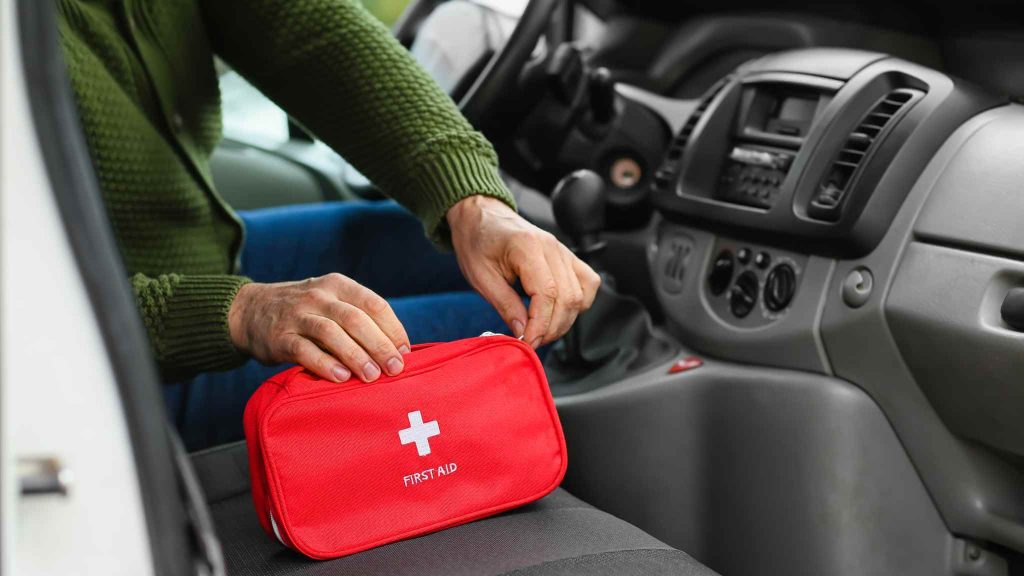
Car first aid kits
Car first aid kits are important to have in case of an emergency while on the road. Accidents can happen anywhere, anytime, and having a well-equipped first aid kit can make all the difference.
When putting together a car first aid kit, it’s important to consider the specific needs of your family or passengers. For example, if someone has allergies or medical conditions that require medication, make sure you include those in the kit.
In addition to basic items such as bandages and antiseptic wipes, consider including items like sunscreen and insect repellent for when you’re spending time outdoors. You may also want to include emergency blankets or ponchos in case of inclement weather.
It’s also important to regularly check your car first aid kit and replace any expired items or replenish supplies that have been used. This ensures that your kit is always ready for use when needed.
Having a well-stocked car first aid kit can provide peace of mind while travelling and help ensure that minor injuries don’t turn into major emergencies.
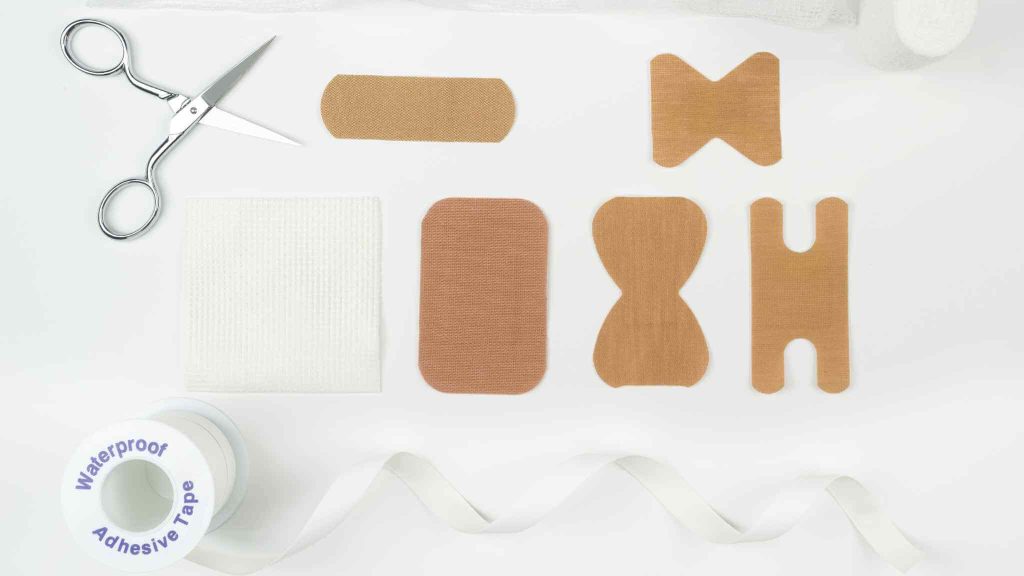
Travel first aid kits
Travelling is an exciting adventure, but it also comes with its risks. That’s why having a travel first aid kit can be crucial. When packing your travel essentials, don’t forget to include a compact and portable first aid kit.
A travel first aid kit should contain basics such as adhesive bandages of various sizes, gauze pads, antiseptic wipes, pain relievers like ibuprofen or acetaminophen, and sunscreen- since you’ll probably spend most of your time outdoors. It’s important to tailor the contents of your kit according to the destination and activities planned.
If travelling by air remember that there are restrictions on what items can be packed in carry-on luggage. Therefore make sure to pack only essential items in a clear ziplock bag that meets TSA (Transportation Security Administration) guidelines for liquids.
Remember just because you’re not at home doesn’t mean you shouldn’t have access to necessary medical supplies in case of emergency while away from home! Be prepared with a well-stocked travel first aid kit so that you can enjoy all the adventures safely and without worry!
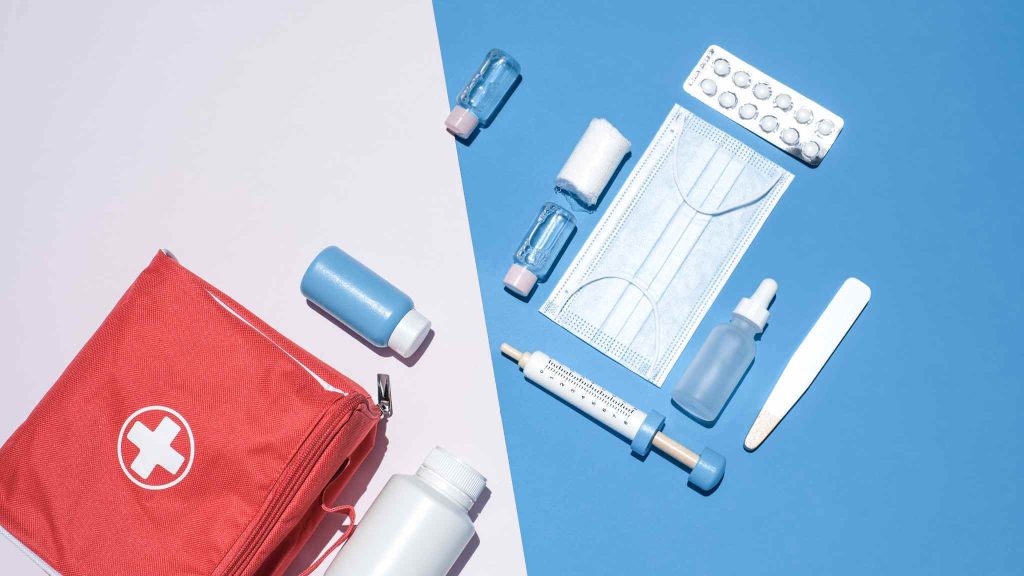
First Aid Certificate
Want more? We’ve got you covered…
Our Baby First Aid Courses
Our baby first aid courses are available in person in your home and online. We run classes in your home with groups of 2, 4 or up to 10 in Sydney & Melbourne and you can book in 3 easy steps!
- Pick your class
- Follow the prompts to purchase
- We will contact you within 24 hours to lock in your date of choice
Our First Aid Certificate Courses
We run most of the popular first aid courses Australia wide. HLTAID011 Provide First Aid, HLTAID009 Provide CPR, HLTAID012 Provide First Aid in an Education & Care Setting, RAMOAP (anaphylaxis), Mental Health first aid and CPR/LVR to name a few.
Book your public spot online or contact us if you have a group of 5+ people for onsite training.
Here are some other resources you may enjoy!
FREE GUIDE: Your Virtual Baby First Aid Kit
FREE GUIDE: Introducing Common Allergy Foods & Allergic Reactions
FREE Workplace Emergency Preparedness Plan: Grab this at the bottom of every page!
Follow for baby & child first aid and allergy info and tips on Instagram & TikTok, all @thenestcpr
